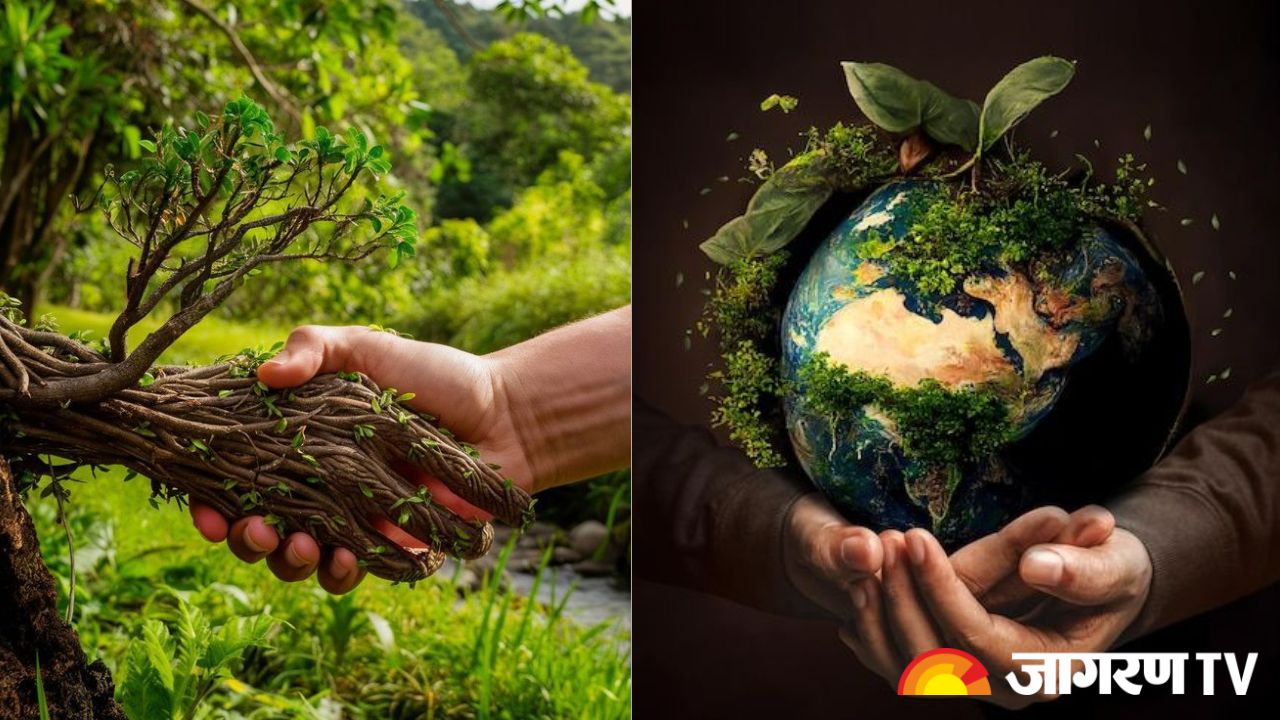World Forestry Day 2025: From Amazon Rainforest to Sundarbans, List of World’s Largest Forests

World Forestry Day 2025: World Forestry Day, also known as the International Day of Forests, is celebrated on March 21 each year to highlight the value of forests and the need for sustainable forest management. The United Nations established this day in 2012 to raise awareness about deforestation, climate change, biodiversity loss, and the role of forests in sustaining life on Earth. The theme for World Forestry Day in 2025 is ‘Forests and Food’, emphasizing that forests are not just suppliers of nutrition and livelihoods, but also the protectors of biodiversity.
Largest Forests in the World
Forests occupy around 31% of the Earth’s surface area, supporting over 80% of terrestrial species and playing an important role in carbon sequestration. They provide livelihoods for millions of people, control water cycles, and contribute to global climate equilibrium. On World Forestry Day, let us know about the world’s largest forests and their role in biodiversity conservation.
Amazon Rainforest (South America)
The Amazon Rainforest is the world’s largest tropical rainforest, covering over 5.5 million square kilometers and spanning nine nations, including Brazil, Peru, and Colombia. It is home to around 10% of all known species, including jaguars, sloths, macaws, and poison dart frogs. The Amazon plays an important role in oxygen production and carbon dioxide absorption. However, deforestation due to logging, agriculture, and infrastructure projects endangers this crucial environment.
Congo Basin (Central Africa)
The Congo Basin is the world’s second-largest rainforest, covering approximately 3.7 million square kilometers in six African countries, including the Democratic Republic of the Congo, Cameroon, and Gabon. It protects valuable biodiversity like as gorillas, elephants, and okapis while also providing livelihoods for indigenous populations. The forest serves as a significant carbon sink, helping to counteract climate change.
Boreal Forest (Northern Hemisphere)
The Boreal Forest, also known as the Taiga, is Earth’s biggest biome, covering over 16 million square kilometers in Canada, Russia, Scandinavia, and Alaska. This enormous coniferous forest absorbs large amounts of carbon and plays an important role in global climate regulation. It is home to animals such as moose, wolves, lynx, and bears.
Siberian Taiga (Russia)
The Siberian Taiga, part of the Boreal Forest, is the world’s largest continuous forest, covering around 12 million square kilometers. This chilly and deep forest stretches across Russia, and it is dominated by coniferous trees like pines, spruces, and larches. It is home to rare animals like the Siberian tiger, brown bears, and wolverines.
Valdivian Temperate Rainforest (South America)
The Valdivian Temperate Rainforest, which stretches over Chile and Argentina, is one of the world’s few tropical rainforests, covering around 248,000 square kilometers. It has a unique combination of evergreen trees, ferns, and moss-covered landscapes. The forest, home to rare species such as Darwin’s fox and pudú (the world’s smallest deer), is threatened by logging, agriculture, and climate change.
Tongass National Forest (United States)
The Tongass National Forest in Alaska is the biggest national forest in the United States, spanning over 68,000 square kilometers. It is made up of old-growth tropical rainforest that supports bears, bald eagles, and salmon populations. The Tongass is critical for indigenous communities and a significant carbon sink.
Sundarbans (India & Bangladesh)
The Sundarbans is the world’s largest mangrove forest, spanning over 10,000 square kilometers between India and Bangladesh. It is well-known for being home to the Royal Bengal Tiger, crocodiles, dolphins, and a variety of bird species. The Sundarbans form a natural barrier against cyclones and storm surges.









